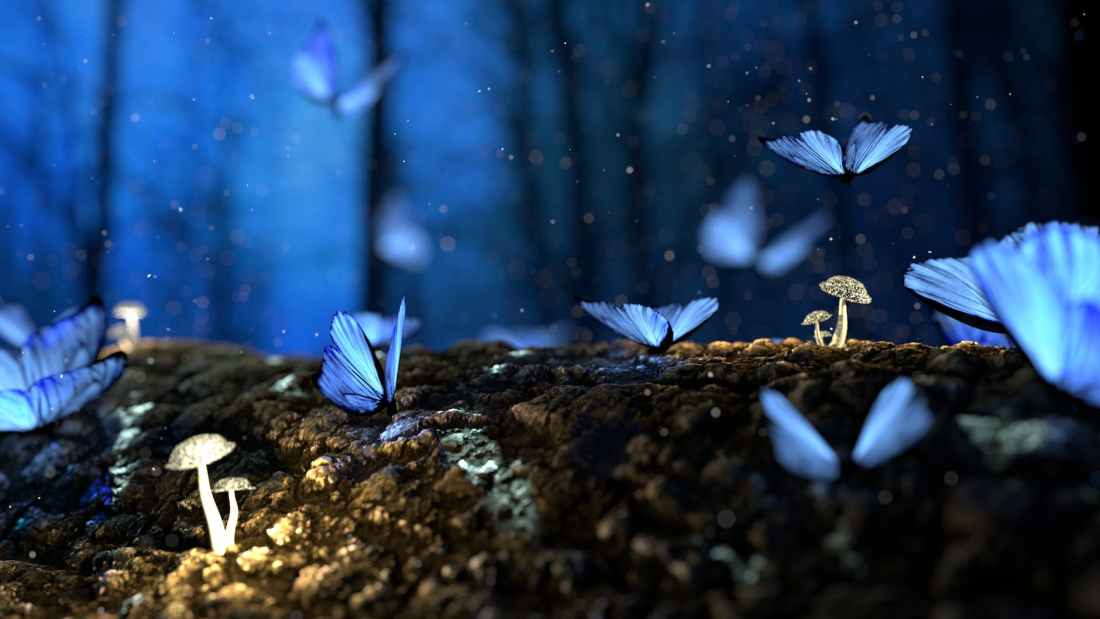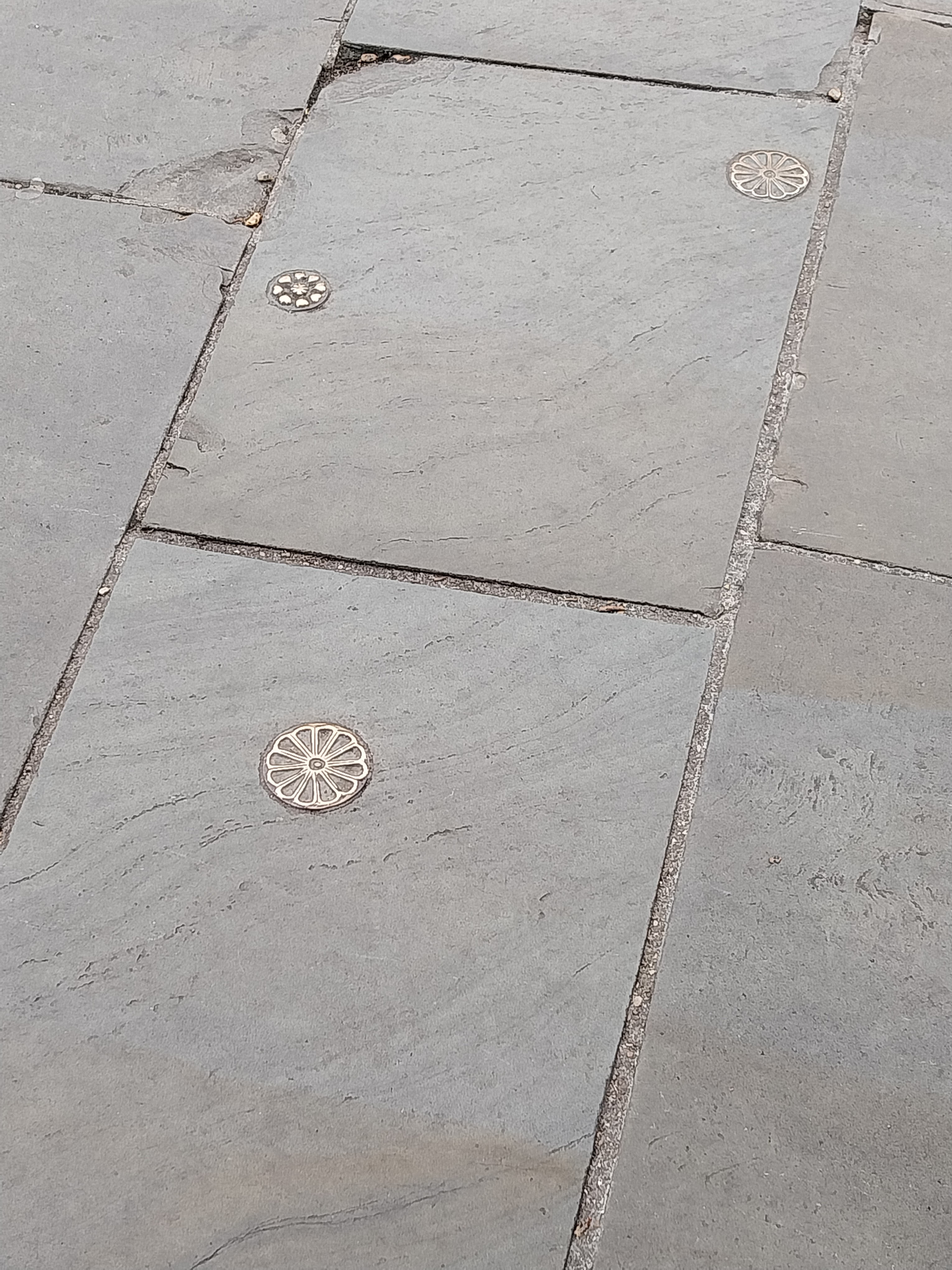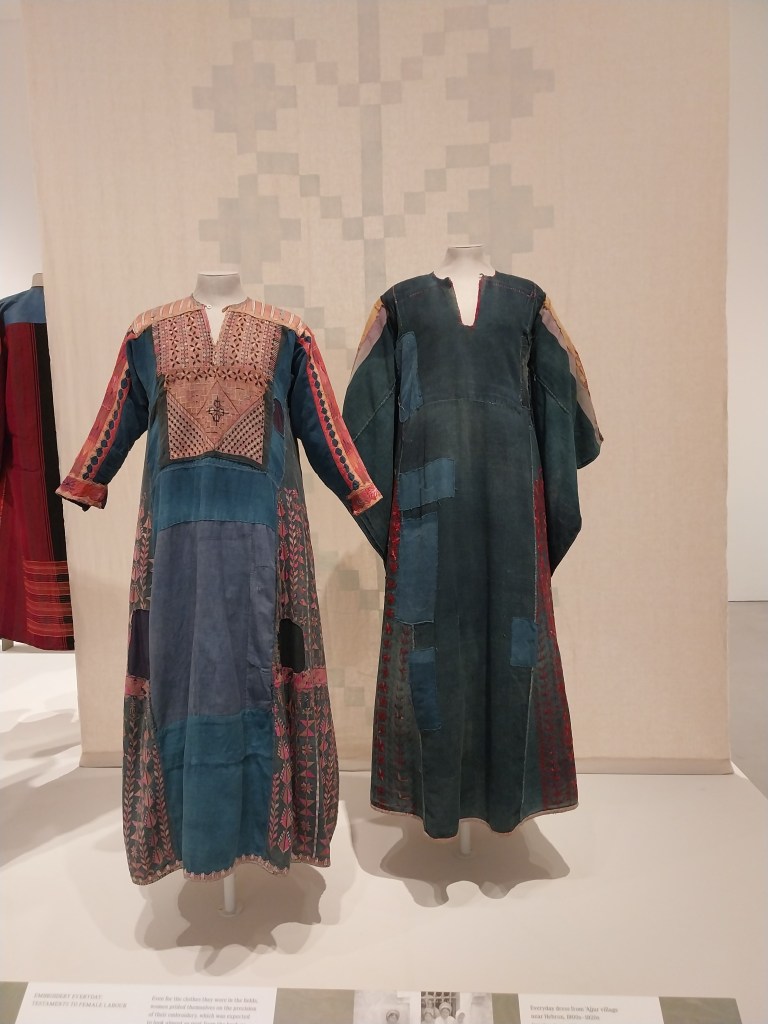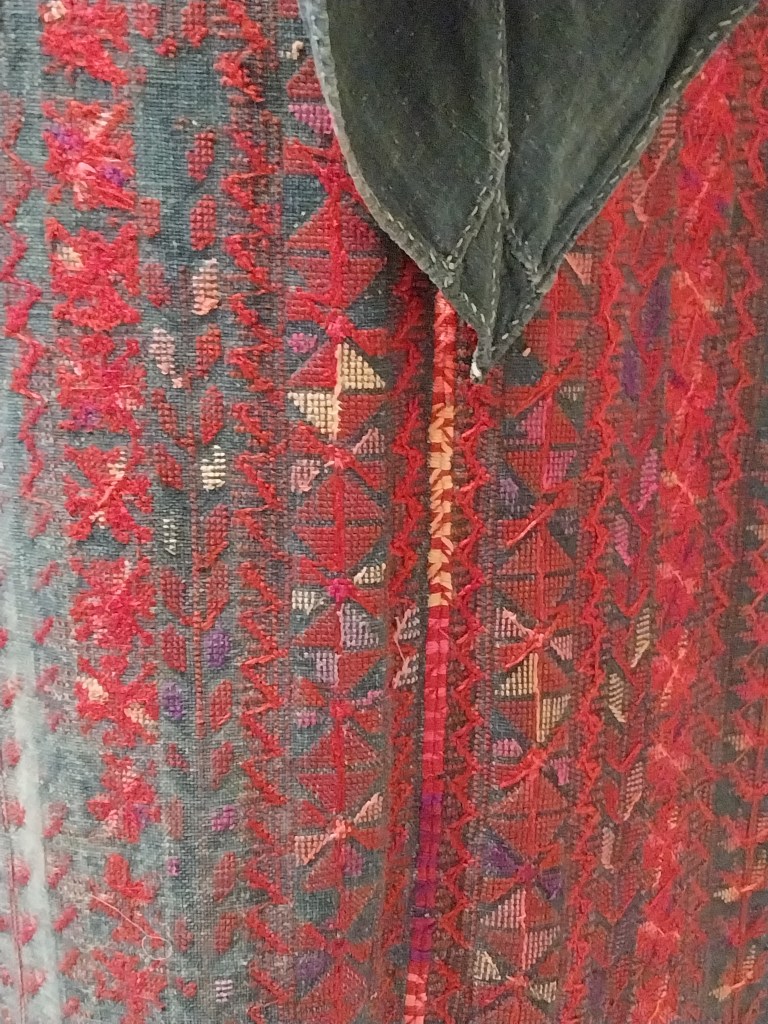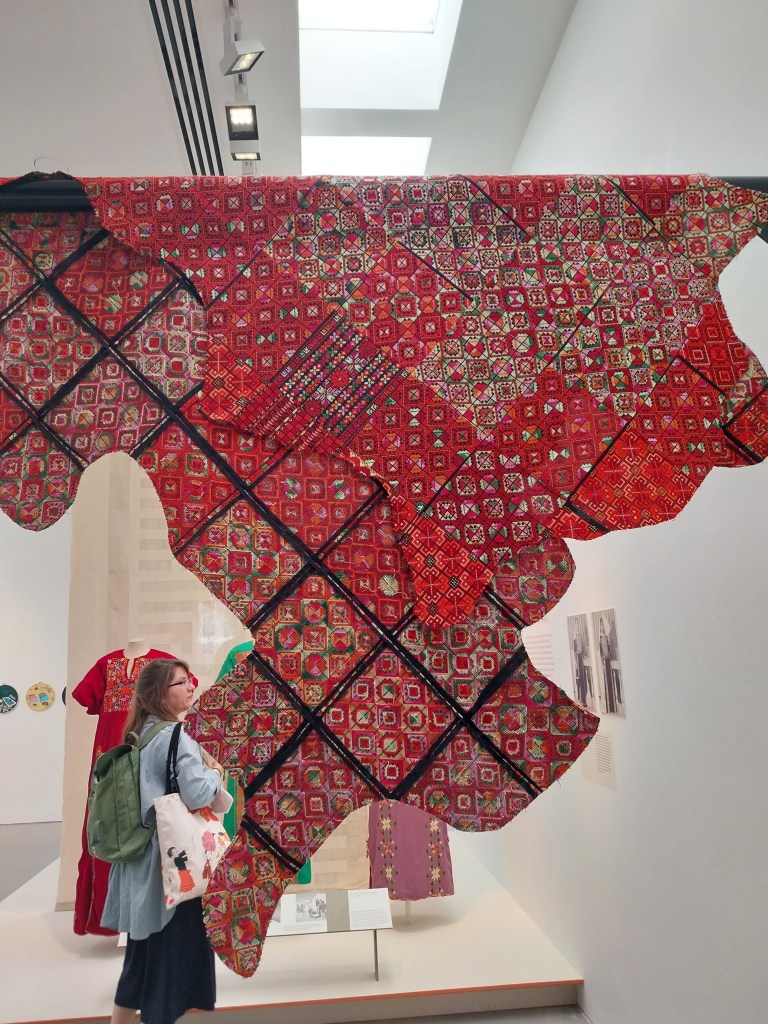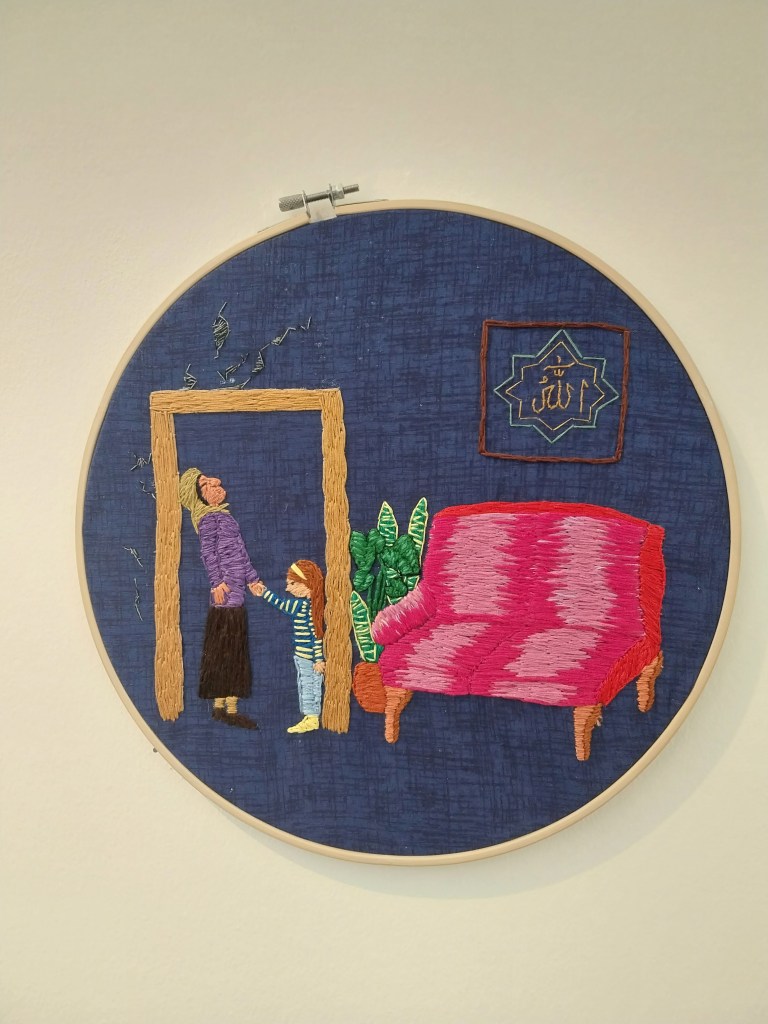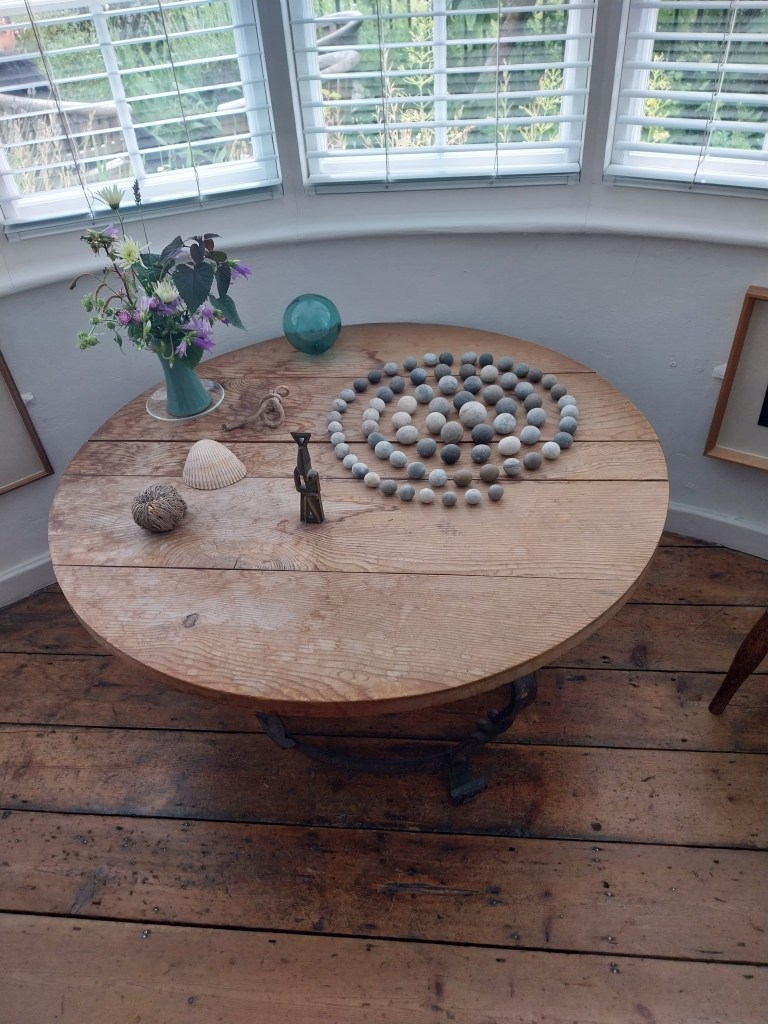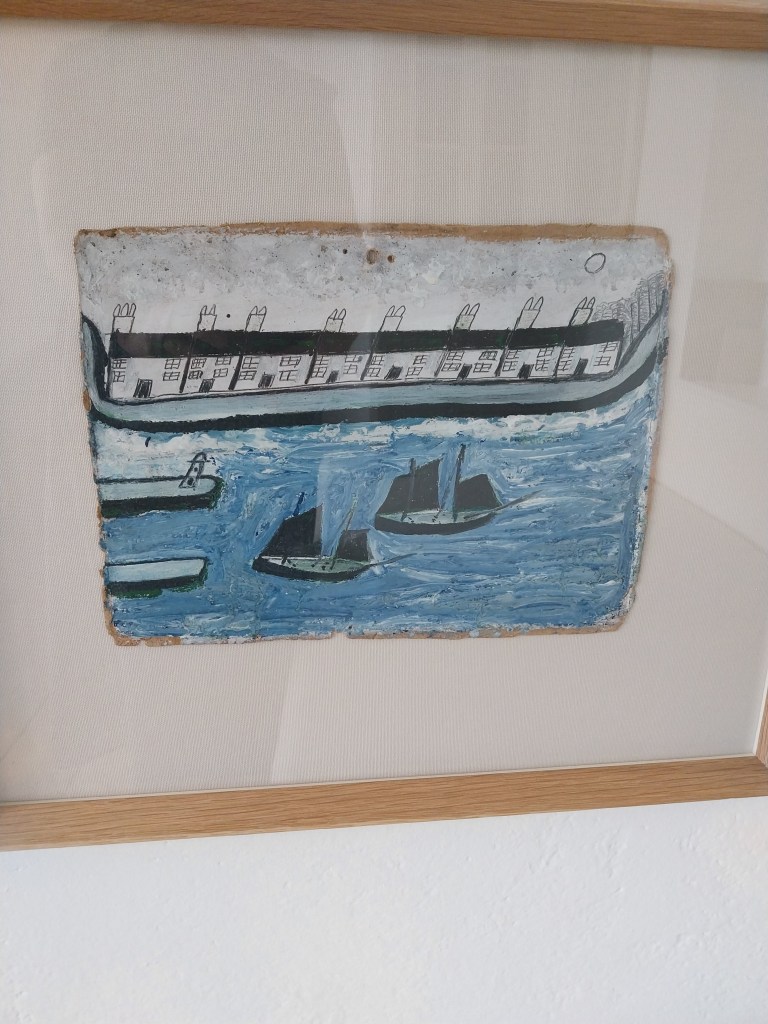This week my team and I headed to the British Library to see the Fantasy: Realms of Imagination exhibition before it closes later this month. As I may have mentioned once or twice over the course of this blog, I love a bit of SF/F, so I was very excited about seeing this show.
Entering the space through a sparkling, fairy-lit forest portal (I knew it was going to be good) and avoiding the first hazard in the shape of a couple of school groups, we were immediately immersed in the very beginnings of fantasy through ‘Fairy and Folk Tales’. Highlights for me were glorious Arthur Rackham illustrations, a 1918 ‘Ancient Mappe of Fairyland’ by Bernard Sleigh and an earpiece playing Steeleye Span’s Thomas the Rhymer. It’s easy to dismiss fairy tales – especially if you grew up with the later, heavily sanitised Ladybird ‘Read it Yourself’ versions - but the original stories as written down by people like the Brothers Grimm were, well…. grim. One of my favourite childhood books, Alan Garner’s The Owl Service, was featured here along with a plate from the service which inspired it.
‘Epics and Quests’ was the second section, and of the things I liked about this exhibition was that it delved far deeper than the the European traditional forms of fantasy and ‘sword’n’sorcery’ tropes. Studio Ghibli’s Princess Mononoke appeared here, along with more of my all-time favourites in the shape of The Dark is Rising by Susan Cooper, T.H.White’s The Sword in the Stone, Tolkien in book and film (Gandalf’s staff!), and Warhammer. Tove Jansson’s illustrations for the Swedish translation of The Hobbit were included, with a rather trollish Gollum facing off with a behatted Bilbo Baggins. Apparently her depiction of Gollum caused Tolkien to amend his description to include the word ‘small’ in future editions! Dungeons and Dragons also popped up here, Livingstone and Jackson’s Fighting Fantasy series, and a marked up script for Monty Python and the Holy Grail. I refrained from quoting large swathes of the film, as I’d like my team not to think I’m a complete geek. Ha.
Section three covered ‘Weird and Uncanny’ – Valentina and I had great fun in the interactive wibbly wobbly space where you appeared as if by magic and went all swirly. Here there was also a game called Fallen London, a text-based RPG set in a London stolen by bats. Of course! Philippa Pearce’s Tom’s Midnight Garden was included, along with Neil Gaiman discussing The Sandman and the power of being a writer. H.P Lovecraft’s Cthulhu (that’s hard to spell) featured, and the board game A Study in Emerald based on a Neil Gaiman story.
Section four, ‘Portals and Worlds’, explored the alternative realities built by fantasy writers and artists. Here was Terry Pratchett’s Discworld Map, and a whole lot of schoolchildren building their own worlds with the help of a gallery educator. We had to step over them to see Elphaba’s costume from Wicked, as they were worldbuilding all over the floor. I felt there were some gaps - not enough urban fantasy which, given the quality of work in this genre over the last 30 years or so by people like Charles de Lint and Ben Aaronovitch, felt like a real missed opportunity. Finally there were some Live Action Role Play costumes including a spectacular dryad.
It was inevitable that I was going to leave the exhibition with a reading list! Uprooted by Naomi Novik and Gods of Jade and Shadow by Silvia Moreno-Garcia are the ones that caught my imagination.
I was quite disappointed to reach the end of the exhibition, which came far too quickly. The exhibition design was atmospheric, and managed to stay away from the whimsical in the main. It finishes later this month so get in quick!
Other things making me happy this week:
- Mooch round the market with Miriam
- A D&D game where I got to call down a lightning storm and be all Dr Strange
- A birthday trip for Thing 3 on Saturday night to see My Neighbour Totoro at the Barbican, which I’ll write about next week
- Starting a new scarf as my portable project, using this pattern. I had to adapt it as working into slip stitches all the time would be a nightmare. This is using a Stylecraft DK yarn that I bought in a sale a while ago.
- Good progress on the temperature stitch for the year – I’m still not ready to start the books but the shelves are nearly done!

Now I must get up and make a banana cake….
Kirsty x
What I’ve been reading:
Friends of the Dusk/All of a Winter’s Night/The Fever of the World – Phil Rickman
The Chalice – Phil Rickman (Audible)
Over Sea, Under Stone– Susan Cooper (Audible)
Map Addict – Mike Parker
Draw Your Day – Samantha Dion Baker
